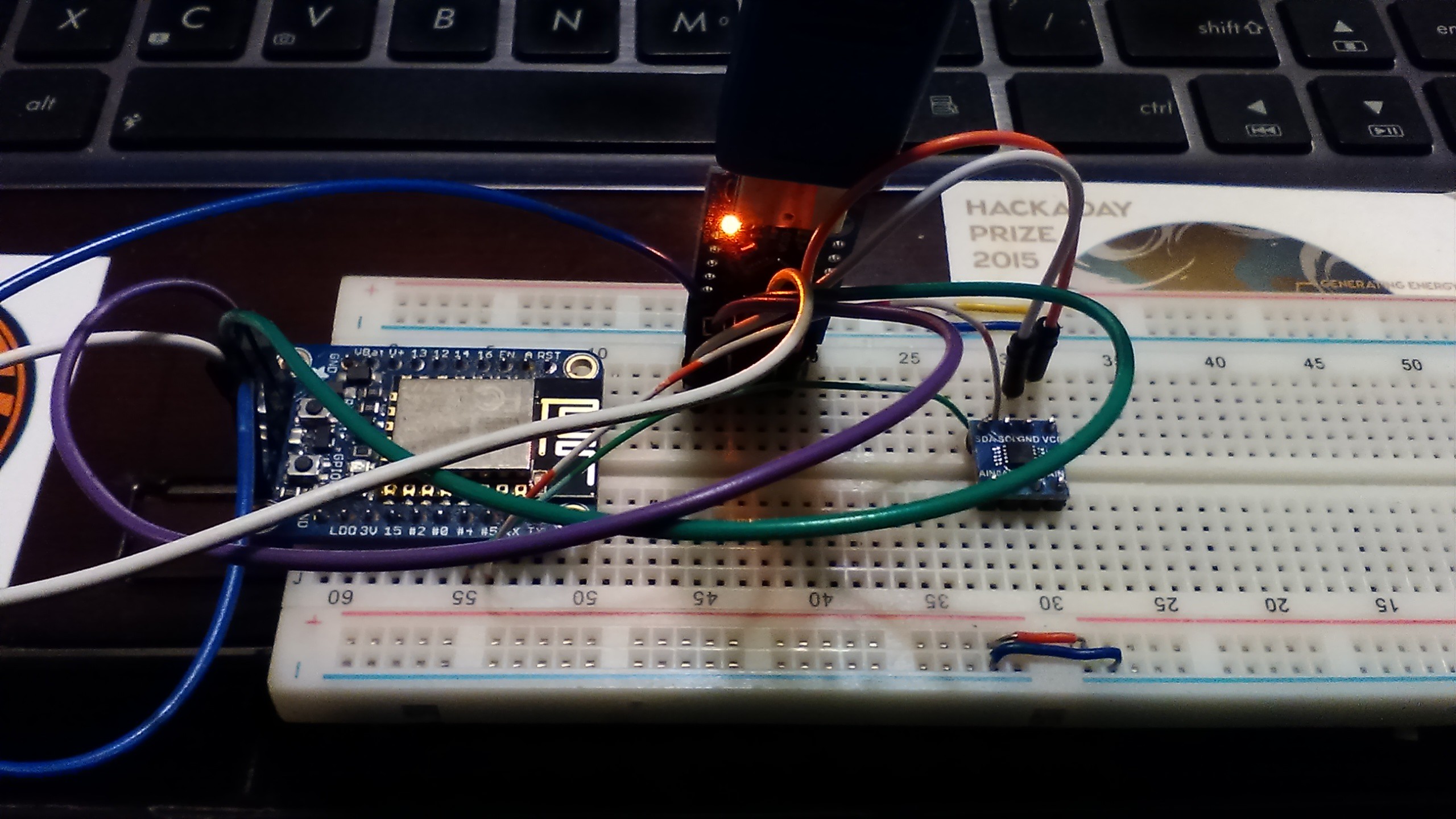One of the biggest problems with just having engineers come up with stuff is the fact that most engineers are completely inept in delivering usability. A lot of technology types, and not just engineers, get en-amored with what I like to call "techno-fetishism", where the idea of the technology completely overwhelms and supersedes what the technology is supposed to do for the user. It's a common affliction, and one that I've always tried to stay cognizant of. One of the ways I keep a mental check on that is to remember that Technology, is derived from the Greek word techne, which means "useful art."
Ironically, despite all this clamoring for more "STEM" education, at the expense of Art, the fact is that Technology's root is in ART. And art, is the expression of human creativity. Which brings me to the topic of this project log. Rapid Prototyping. When I mean rapid prototyping, I mean really rapid f--king prototyping.
Sometime back in November 2016, I went to an entrepreneur conference in Washington D.C. that's run by my buddy in the well regarded Mentor Capital Network.
During the conference, there was a seminar on rapid prototyping run by a former google Xer, Tom Chi.
It blew my mind. Here's an example of what I saw.
I came away from the seminar with my mind blown, and with the understanding that at heart, when you're trying rapid prototype something, it actually isn't the technology you're looking to prototype.
It's what the technology is supposed to do that you're trying to prototype. And that means you don't need chips, solder, and circuitry, or code, screens, and programs, or even cut metal and nuts and bolts to rapid prototype.
What you need is the mentality of a seven year old, some paper, parts, and cardboard, and some imaginative time. The revelation blew me away. Suddenly, some of the projects that I was working on no longer looked like huge, hard to surmount challenges with big budgets, lots of tricky components, and nights of headaches. They were projects I can rapidly create using note cards, pens, and friends. Because in this method of rapid prototyping, you're not shooting for technology. You're shooting for what the technology is supposed to do.
And in my case, for rapid prototyping this wearable IoT device, what it's supposed to do is be comfortable while wearing it, easy to recharge, and do useful stuff. So the most important element is to be comfortable while wearing it.
To get started with that, I went to what is probably the first material most people start with when making something. Paper. Or in my case, cardboard.
But of course, while cutting out cardboard and sticking it on a shirt is cool and all, I also do enjoy getting the actual hardware working. Which is this.
This takes care of the actual circuitry. It's pretty simple, and that's the whole point of this exercise. This time, the point isn't how much more innovative I can be in the electronics design. The point this time is speed to create the product, and then get it into the market to see how it'll do.
However, just having working guts isn't enough when it comes to good design that's you know, not just for engineers. That's one of my pet peeves when it comes to technology. All too often, the idea of making something USEFUL gets sacrificed to make something a techno DOODAD. For good design, that's when you need a good form factor. And that's where cardboard, hot glue, and modeling clay comes into play. And a bicycle or other kind of shirt you don't mind trashing up.
Which is up next!
 Casual Cyborg
Casual Cyborg
Discussions
Become a Hackaday.io Member
Create an account to leave a comment. Already have an account? Log In.